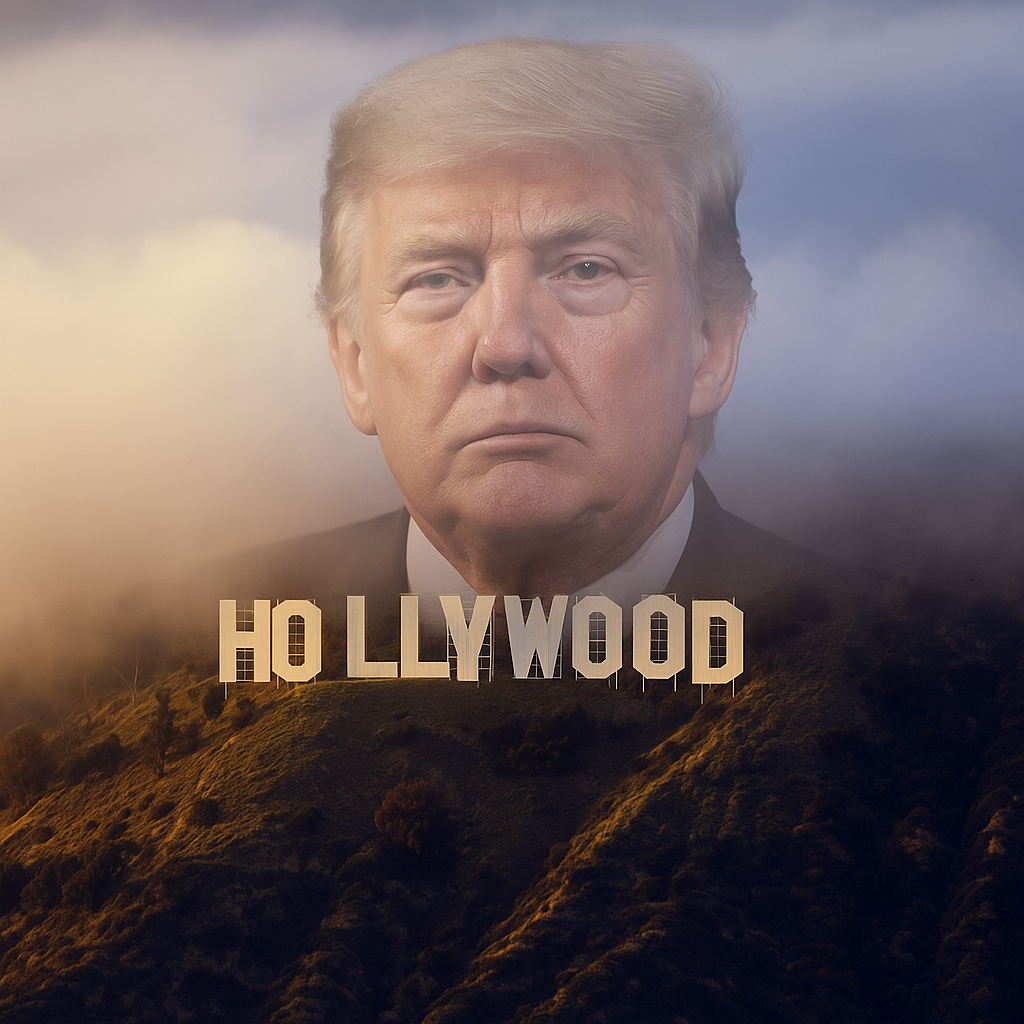Trade War Tensions Ease, But Markets Shift Focus to Tax Policy
Following a breakthrough agreement between the US and China to significantly reduce tariffs, fears of a prolonged trade war have momentarily eased. However, White House eyes tariffs, Wall Street eyes tax cuts. has now turned its attention to a new pressing matter: the fate of Donald Trump’s proposed tax cuts.
Trump’s Tax Plan: Cuts, Controversy, and Consumer Impact
Lawmakers in Washington are currently reviewing a sweeping tax agenda backed by former President Trump. The plan proposes to extend provisions of the 2017 Tax Cuts and Jobs Act and introduce new relief measures such as tax breaks on tips, overtime income, and Social Security earnings.
Supporters argue that reduced taxes would place more disposable income in the hands of consumers—driving economic growth and supporting the markets. But economists caution that this could further inflate the national deficit and place pressure on interest rates, especially if spending cuts don’t accompany the tax breaks.
White House Priorities: From Tariffs to Taxes
After weeks of back-and-forth over tariff measures, Trump’s shift to promoting tax reform has been swift. The White House is now fully focused on passing a major tax bill this summer. Yet, economists like UC Berkeley’s Alan Auerbach warn that without significant cuts to government expenditure, the tax reductions could unsettle bond markets and investor confidence.
Debt Concerns Cloud Economic Outlook
The U.S. debt-to-GDP ratio stood at 123% in 2024, a jump from 104% in 2017. Rising federal debt has investors uneasy, as it signals possible difficulty in repaying national obligations. Some fear that Trump’s aggressive tax agenda could push the economy into a “debt spiral” if not offset by responsible fiscal planning.
Bond market volatility earlier this year—fueled by tariff uncertainty—may return if investors perceive these tax plans as unsustainable. Analysts at JPMorgan Chase have already noted heightened Treasury yield movement, hinting at growing concern over U.S. fiscal discipline.
Uncertainty Ahead Despite Progress on Trade
Although the tariff de-escalation with China is a welcome development, experts caution that the overall economic outlook remains murky. Trade frameworks still need to be finalized, and the lasting impact of existing tariffs is yet to be measured.
With tax cuts now taking center stage, markets are bracing for the next policy wave—and watching closely how it might reshape economic momentum, investor sentiment, and America’s long-term financial health.











